Are the Dinosaur Bones You See in Museums Real? The Answer Isn’t That Simple
Published June 21 2023, 12:18 p.m. ET
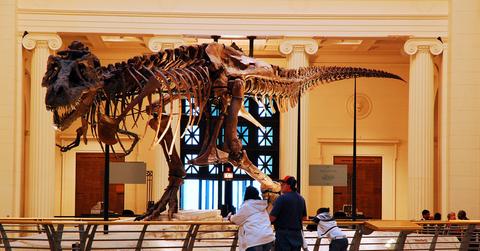
A truly unreal experience is standing in front of a dinosaur skeleton at a museum. To know that people were able to find, excavate, and organize the bones of a creature who walked the Earth millions and millions of years before anything close to a human debuted is pretty remarkable.
But, have you ever wondered, are dinosaur bones in museums actually real?
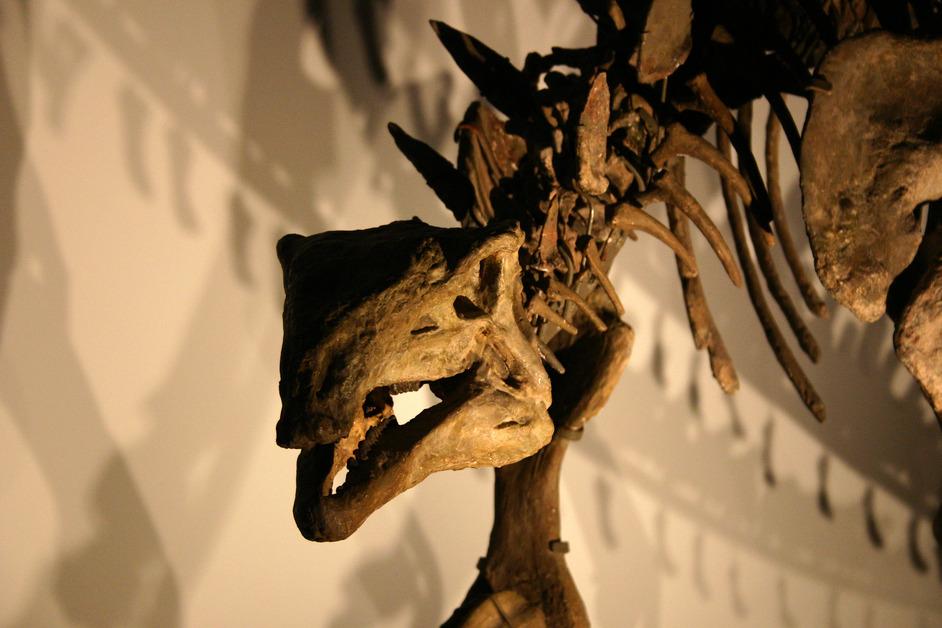
Are dinosaur bones in museums real?
Yes and no. To answer this question, it’s necessary to review the difference between bones and fossils.
According to Museums Victoria, a “fossil” refers to evidence of an organism from more than 12,000 years ago, which was the beginning of our current geological period, the Holocene Epoch.
And fossils aren’t just bones. They can be trace fossils, meaning evidence of impressions, or things that an animal left behind (like feces), or body fossils, which include evidence of things like bones or teeth.
But not all animals become fossils. Conditions have to be optimal for fossil formation. Sediment first will cover the body, the soft tissue will decompose, and over time the sediment becomes rock that covers the bones. So, with that being said, when you are looking at dinosaur bones in museums, you are actually looking at rocks in the shape of their bones, per Museums Victoria.
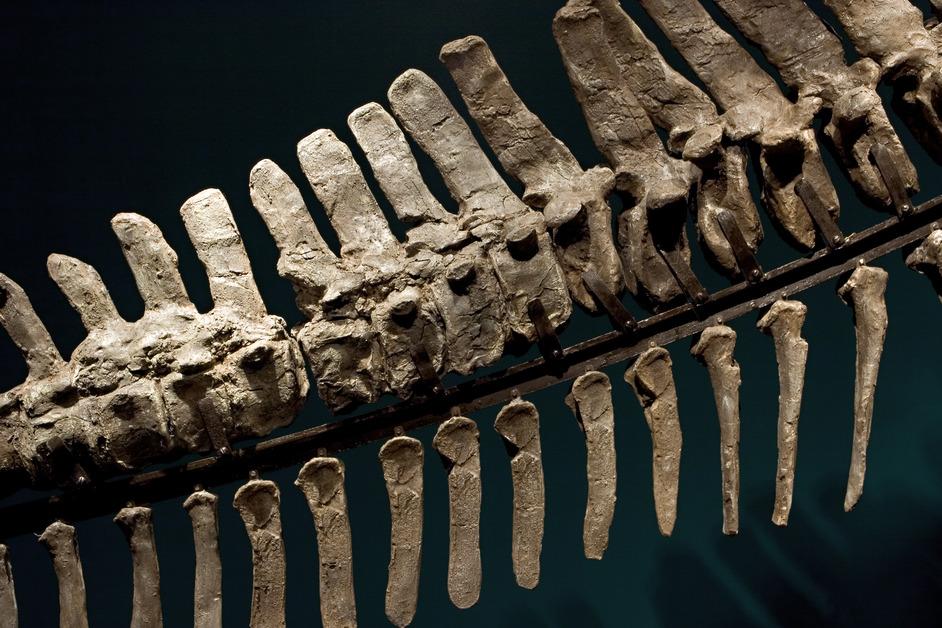
According to the Field Museum, most dinosaur bones you see in museums are real — real rocks of bones that is. However, oftentimes museums will also make a cast of the bones. These are made from the molds of fossil bones, or through advanced 3D printing.
Casts are also very helpful when a museum may have most of the bones for a skeleton, but not all of them, or if they want to replicate a skeleton to have an extra copy. Paleontologists are able to refer to other skeletons and bones to create a cast of a bone that could complete the skeleton.
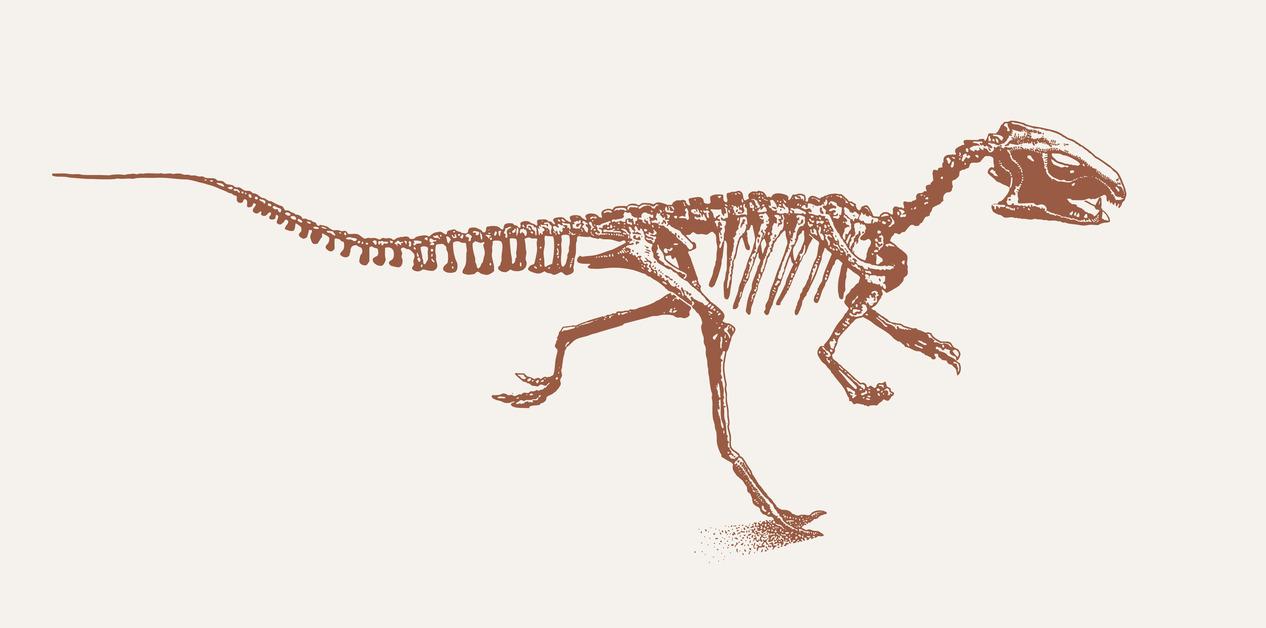
How do we know what dinosaurs looked like?
Now that you know about the authenticity of the bones, the accuracy of the entire skeleton is another story. There is an ongoing debate as to whether dinosaur skeletons are true representations of the prehistoric past.
You may be wondering, how do we know what dinosaurs looked like? Well, there are several clues that have led to the hypotheses we have today.
To start, paleontologists are able to formulate skeletons based on the way certain joints fit together, often referencing the skeletons of modern animals. A lot of the work from here includes looking at birds and reptiles, and studying how they walk and stand to predict what the dinosaur skeleton would have looked like.
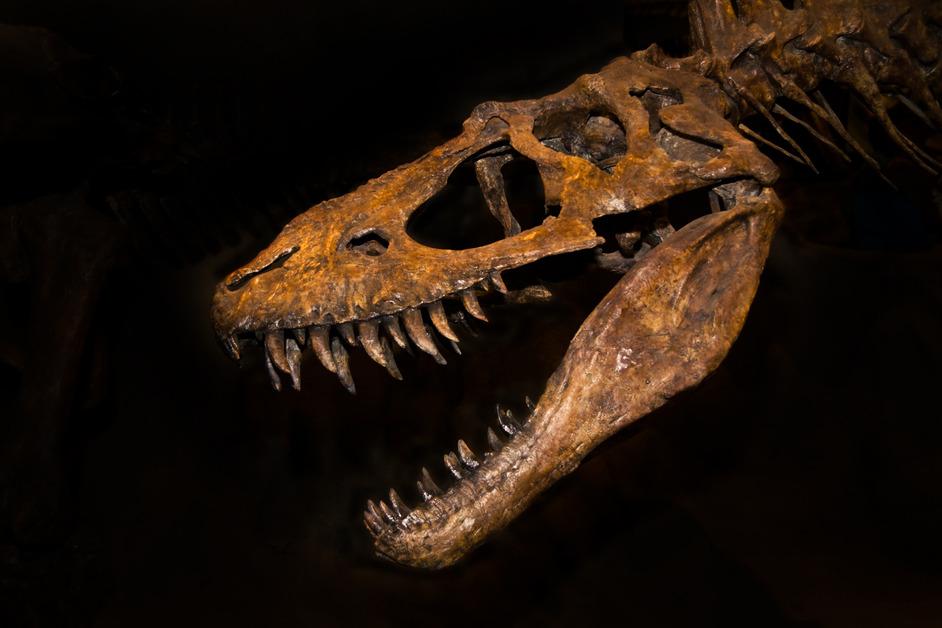
When determining muscle and fat composition, paleontologists will also look at similar joint and limb structures in birds and reptiles and mimic their muscle groups. You may notice that the T. rex depiction is often quite muscular and sturdy, especially in areas of its head. This has a lot to do with the knowledge that the T. rex was a predator, and likely needed extra jaw strength to kill prey given its smaller arms, per Popular Science.
When depicting an animal that lived millions of years ago, it’s impossible to expect flawless accuracy. However, the skeletons you see in museums and the work paleontologists have done to repaint the past is truly incredible.